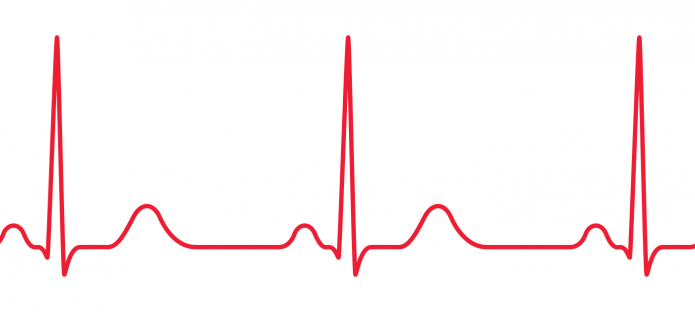We seek to clarify misinterpreted information about Resuscitation Council UK guidance which has been referred to in recent press coverage following the coroner’s report on the tragic death of Natasha Ednan-Laperouse.
The RCUK guidance which has been referred to is entitled Emergency treatment of anaphylactic reactions and is specifically written for healthcare providers. RCUK does not provide guidance for the use of auto-injectors, as they are not universally used in a healthcare setting as a method of administering adrenaline.
Both the length of the needle and the dose recommendations of adrenaline referred to in recent press coverage are intended for healthcare professionals treating an anaphylaxis reaction.
With regards to needle length, for intramuscular injections, the needle needs to be long enough to ensure that the drug is injected into the muscle. A 25 mm needle is best and is suitable for all ages.1 This guidance is based on recommendations from the Department of Health UK.2
The guidance only makes reference to auto-injectors (prescribed to patients at risk of anaphylaxis, for their own use) if they are the only available adrenaline preparation when treating anaphylaxis in a healthcare setting.
With regards to dose recommendations, we would like to stress that 500 mcg is the dose healthcare professionals should give to patients over 12 years of age and is not, as has been incorrectly quoted, an RCUK recommendation for the provision of adrenaline through auto-injectors.
The British Society for Allergy and Clinical Immunology (BSACI) produces guidance on the prescribing of, and use of adrenaline auto-injectors.
